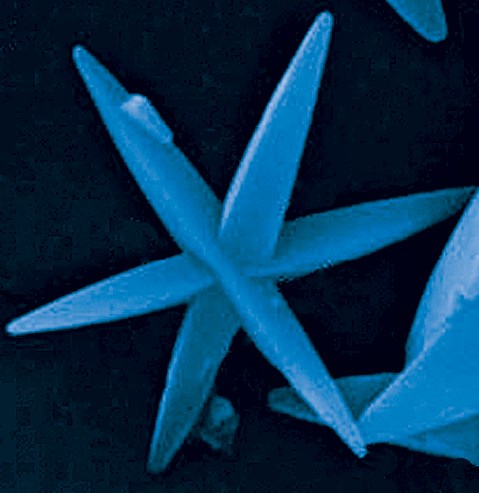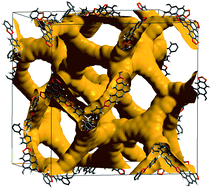Davide Proserpio discusses topological crystal chemistry, amongst other things, with CrystEngComm
 Professor Proserpio works in the field of applied theoretical chemistry at the Dipartimento di Chimica Strutturale e Stereochimica Inorganica in Milan, Italy. He is a member of the CrystEngComm advisory board.
Professor Proserpio works in the field of applied theoretical chemistry at the Dipartimento di Chimica Strutturale e Stereochimica Inorganica in Milan, Italy. He is a member of the CrystEngComm advisory board.
1) Why did you to become a scientist?
I was child with a very enquiring mind, always curious about the fact of nature and science. So I decided to find some high school that could give me a good scientific background, and the only one available near my hometown was a technical school in chemistry… so I started chemistry at 14 and I never abandoned the field!
2) What projects are you working on at the moment?
Applications of what I call “topological crystal chemistry” to all possible crystal structures from the entanglements in coordination networks, to the analysis of the zeolites and intermetallics compounds in terms of nanoclusters, to the nets formed by halogen bonding.
3) What do you think will be the next big breakthrough in your field?
I dream of a computer expert system that will predict with a high probability the overall topology (including possible entanglements) for a coordination framework composed of a given set of building units.
4) How do you think crystal engineering will develop in the next five years?
The number of examples of planned synthesis of predicted architectures will increase, and there will be market application of MOFs.
5) What is the most rewarding aspect of your work?
To work in connection with people all around the world and from very different backgrounds, from crystallographers, to mathematician and physicists. And being able to put them in connection to solve complex problems.
6) What is the secret to a successful research group?
Interdisciplinarity and an open mind.
7) What achievement are you most proud of?
Two computer programs:
CACAO (Computer Aided Composition of Atomic Orbitals) for Extended Huckel calculation on PC following the applied theoretical chemistry approach I learned from Carlo Mealli and Roald Hoffmann, and TOPOS, that is written and developed mostly by my friend Vladislav Blatov, but that I helped to extend to the field of topological crystal chemistry.
8 ) What advice would you give to a young scientist?
Don’t get too narrow minded in your field but look around for connections.
9) What would you do if you weren’t a scientist?
I never think in terms of “what if”, but my other interests are movies and cuisine… so probably a chef or a movie critic…
or both?
10) Can you tell us a little known fact about yourself?
I like to read modern comics, in particular graphic novels : Will Eisner, Jiro Taniguchi, Art Spiegelman, Joe Sacco…
![]() A CrystEngComm Hot article on using nanofibre mats to remineralise tooth enamel has been picked up by the society magazine Chemistry World.
A CrystEngComm Hot article on using nanofibre mats to remineralise tooth enamel has been picked up by the society magazine Chemistry World.



















 Acentric nonlinear optical N-benzyl stilbazolium crystals with high environmental stability and enhanced molecular nonlinearity in
Acentric nonlinear optical N-benzyl stilbazolium crystals with high environmental stability and enhanced molecular nonlinearity in 
